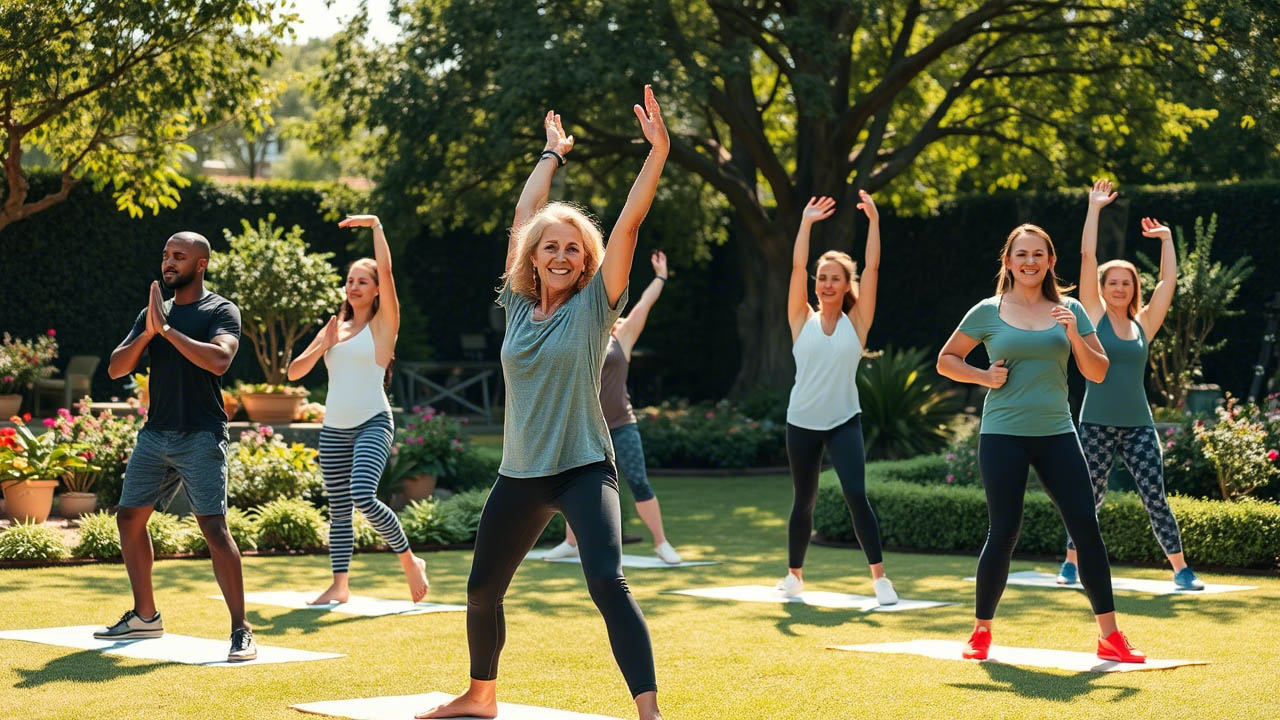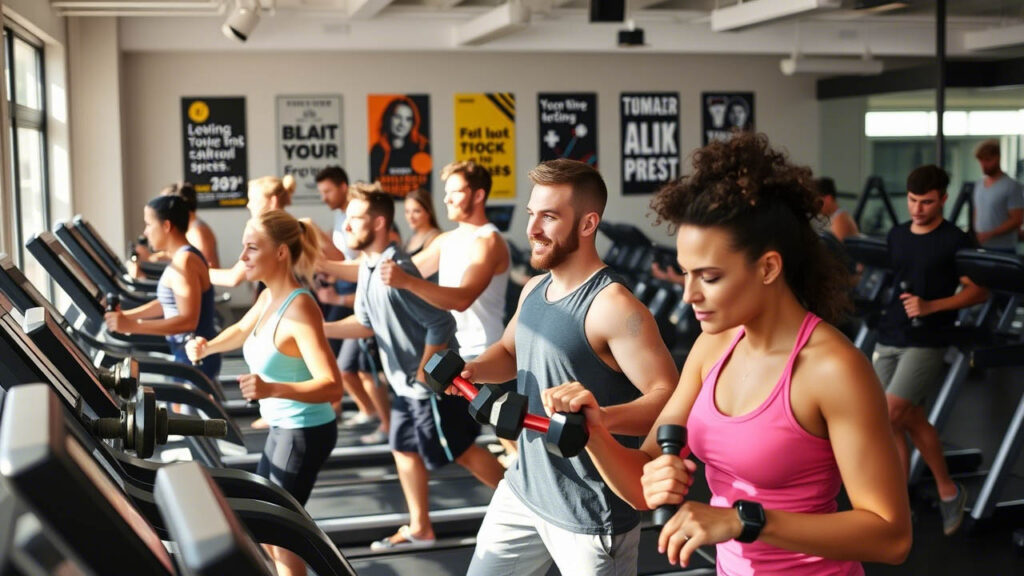Physical Address
304 North Cardinal St.
Dorchester Center, MA 02124
Physical Address
304 North Cardinal St.
Dorchester Center, MA 02124

Regular physical activity improves nearly every aspect of your health, from strengthening your heart to boosting your mood. Yet despite knowing the benefits, many people struggle with figuring out how to start a fitness routine and stick to it. Research shows that roughly 50% of people who begin exercise programs quit within the first six months. The good news? With the right approach, you can build a sustainable fitness habit that fits seamlessly into your life. This guide will walk you through practical steps to not only begin your fitness journey but to make it a lasting part of your lifestyle.
Before purchasing any equipment or joining a gym, take time to identify your deeper motivation. Understanding your personal ‘why’ creates a foundation that will sustain you when motivation inevitably wanes. Learning how to start a fitness routine and stick to it begins with this crucial introspection.
Ask yourself:
Your reasons should be meaningful enough to pull you through challenging days. Connect your fitness goals to your larger life values—whether that’s being actively involved with your family, maintaining independence as you age, or managing your mental health.
One common reason people abandon fitness routines is setting overly ambitious goals. When considering how to start a fitness routine and stick to it, remember that SMART goals—Specific, Measurable, Achievable, Relevant, and Time-bound—provide the structure needed for success.
Instead of vague objectives like “get in shape,” create specific goals such as:
Balance your short-term goals (what you’ll do this week) with long-term aspirations (where you want to be in six months). This creates a roadmap that keeps you motivated through visible progress while working toward meaningful achievements.
A well-rounded fitness routine incorporates three key components: cardiovascular exercise, strength training, and flexibility work. When figuring out how to start a fitness routine and stick to it, simplicity is your ally.
Here’s a basic weekly framework for beginners:
Start with just 2-3 days per week—this makes your routine manageable while your body adapts. Remember that consistency trumps intensity, especially in the beginning stages of fitness.

The difference between intention and action often comes down to planning. Learning how to start a fitness routine and stick to it requires treating your workouts like important appointments rather than optional activities.
Practical scheduling strategies include:
Most importantly, protect your exercise time from other commitments. While flexibility is necessary for life’s unexpected events, consistently prioritizing other activities over fitness signals that your health isn’t truly a priority.
You’re far more likely to sustain activities you genuinely enjoy. When exploring how to start a fitness routine and stick to it, don’t limit yourself to conventional exercise if it doesn’t appeal to you.
Consider these enjoyable fitness options:
Don’t hesitate to experiment with different activities until you find what resonates. Many people discover that enjoyment comes with competence—as you improve at an activity, your enjoyment often increases proportionally.
External accountability significantly improves adherence to fitness routines. As you learn how to start a fitness routine and stick to it, build systems that keep you answerable to your commitments.
Effective accountability methods include:
The social aspect of fitness not only reinforces commitment but often adds enjoyment that makes exercise something to look forward to rather than a chore.
Anticipating challenges is key to maintaining momentum. When considering how to start a fitness routine and stick to it, develop strategies for the inevitable obstacles you’ll face.
For time constraints:
For low motivation:
For physical limitations or injuries:
Recognizing improvements reinforces your commitment. When learning how to start a fitness routine and stick to it, measure progress in multiple ways beyond weight or appearance.
Meaningful metrics to track include:
Celebrate milestones with meaningful rewards—perhaps new workout gear, a massage, or a special outing. These acknowledgments reinforce the positive association with your fitness routine.
Starting and maintaining a fitness routine isn’t about perfect performance or dramatic transformations—it’s about consistent, sustainable habits that improve your quality of life. Remember that learning how to start a fitness routine and stick to it is a skill that develops over time. There will be setbacks and challenges, but each time you return to your routine, you build resilience. The most successful fitness journey is the one that becomes so integrated into your lifestyle that it no longer feels like a separate effort but simply part of who you are. Start your journey today with just one small step—your future self will thank you!